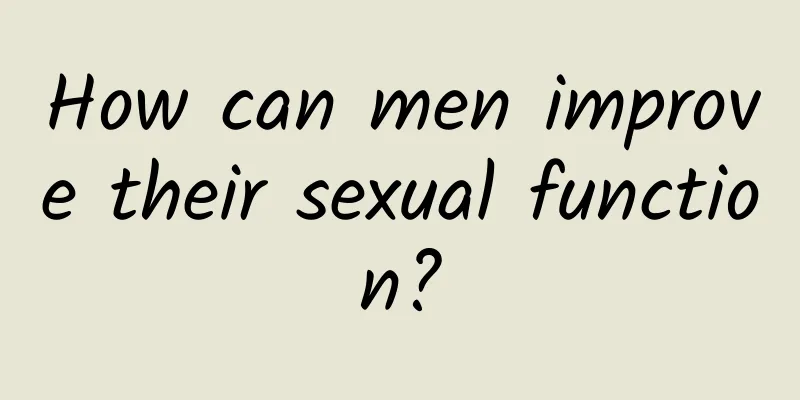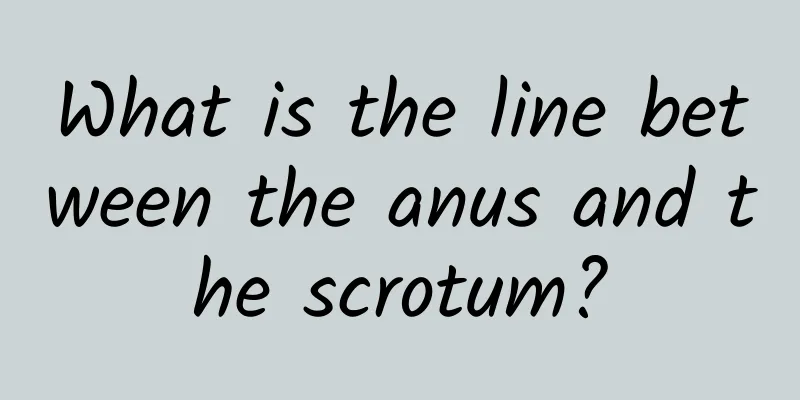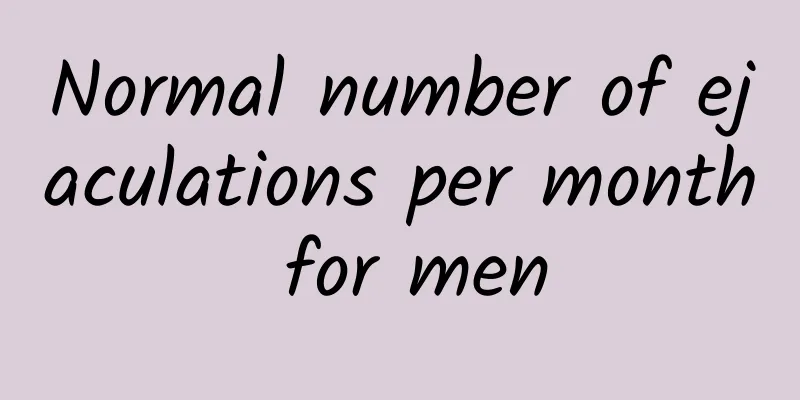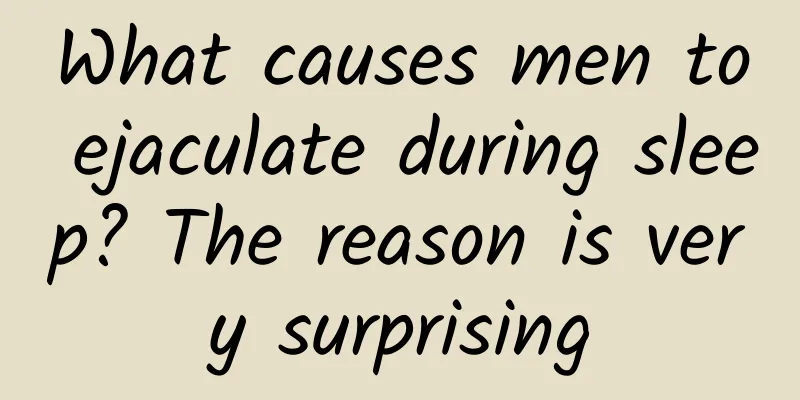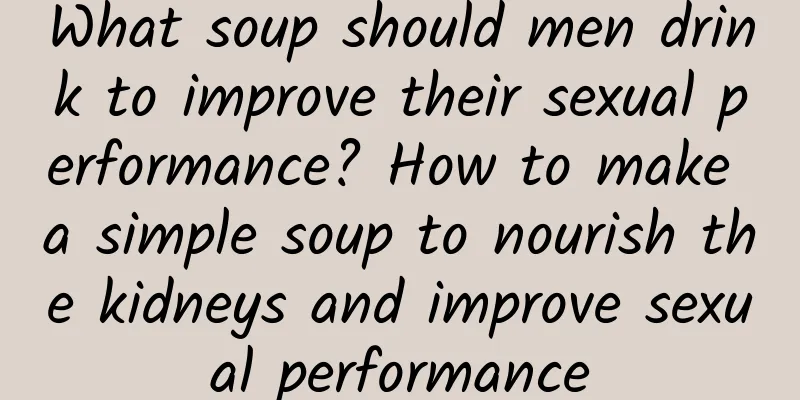What is the cause of incomplete testicular descent?
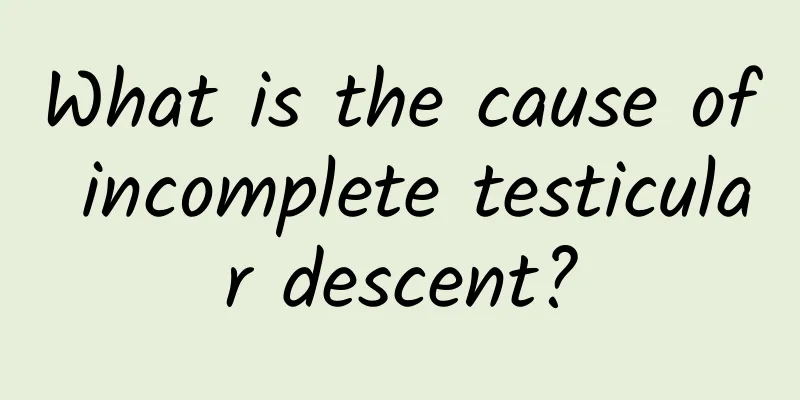
|
Incomplete testicular descent actually refers to the problem of testicular descent obstruction. During the descent process, the testicles are unable to enter the scrotum. Sometimes these are caused by congenital diseases. In fact, they should not be ignored and must be treated in time to avoid malignancy into testicular tumors. 1. Incomplete testicular descent refers to the descent of the testicles, which stay in the middle of the descent process and fail to enter the scrotum. It is also commonly called cryptorchidism in clinical practice. Cryptorchidism is a congenital disease. The occurrence of cryptorchidism is related to hormone levels, testicular fascia and short spermatic cord. Cryptorchidism often occurs on one side, and the incidence of bilateral cryptorchidism is about 10-25%. 2. Cryptotestis is often accompanied by inguinal oblique hernia. Cryptotestis that stay in the abdominal cavity or inguinal area, because the temperature is higher than that of the scrotum, the testicles are in this environment for a long time, which leads to poor development and degeneration of the seminiferous tubules, causing spermatogenesis dysfunction. Over time, in puberty, cryptotestis will also degenerate into testicular tumors. Therefore, cryptotestis should be treated early and retracted into the scrotum to avoid complications. 3. Cryptorchidism should be treated and relocated before the age of 2, and no later than 5-6 years old. 4. Patients with bilateral cryptic testis should be treated with human chorionic gonadotropin (HCG) or gonadotropin-releasing hormone (LHRH) before surgery, which can promote the descent of cryptic testis. 5. Treat inguinal oblique hernia while performing secret testicular release and fixation. 6. If the testicle is found to be underdeveloped or suspected of malignancy, or if an adult has unilateral cryptic testis, surgical removal is recommended. 7. For children with occult testis, whether unilateral or bilateral, LARH spray can be applied full-time from 10 months, 400μg each time, 3-4 times a day, for 4 weeks. If it is unsuccessful, H.C.G can be used continuously, with a weekly intramuscular injection of 1500u for 3 weeks, and the success rate of testicular descent can reach 73%. 8. If endocrine therapy is ineffective, surgical treatment should be considered. 9. To increase the number of reproductive cells after surgery, Buserelin can be used immediately, which will help improve fertility in the future. |
<<: What causes itchy testicles?
>>: What is the cause of testicular pain?
Recommend
What is the normal color of the glans penis? Abnormal color may indicate infection
I believe that most men think that the color of t...
Is it necessary to soak the glans penis in potassium permanganate?
The glans penis is a male reproductive organ. If ...
Prostate epithelial cells
The prostate is very important to men. Normally, ...
The best time for men to build perfect muscles
Strong men often bring more security to women, an...
Itching of the skin outside the testicles
Itching of the outer part of the testicle is also...
What to do with thyroid nodules? How to treat thyroid nodules
The thyroid gland is an endocrine gland in the hu...
Is it harmful to your body if you become soft during sex?
During sex, if a man's penis becomes flaccid,...
What are the symptoms and causes of vasculogenic headaches?
Vascular neuropathy is a very common disease. Onc...
What happens if you take too much zinc? What are the benefits of zinc supplementation for men?
As we all know, zinc supplementation has a certai...
Is it true that raw pumpkin seeds can treat prostate problems?
Prostate disease is a disease with a high inciden...
How to treat chronic balanitis?
Men's health is something that the whole soci...
How to treat pubic lice in men
Pubic lice, as a parasitic disease, can easily ap...
Is it possible that my husband's small penis is hereditary?
Everyone hopes that their married life will be ha...
I keep running every day but I gain weight instead of losing weight. The reason is this.
Many people choose to lose weight by running. Som...
The most kidney-strengthening urination technique for men
Correct urination for men can reduce the risk of ...

